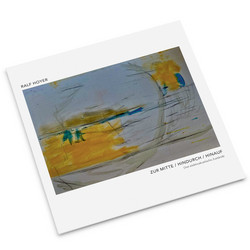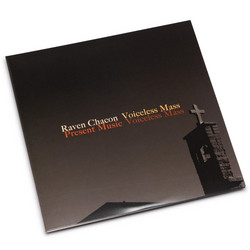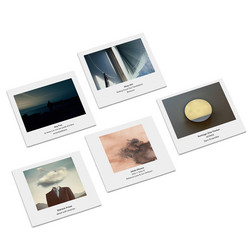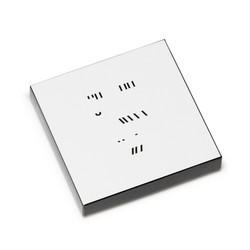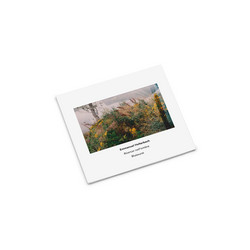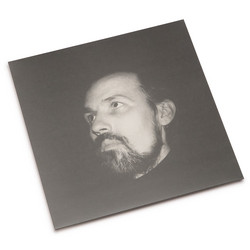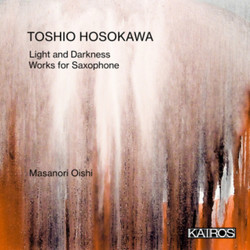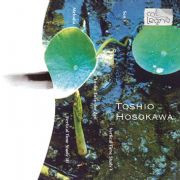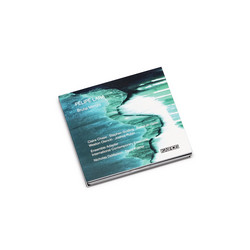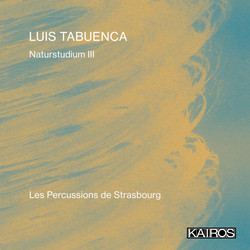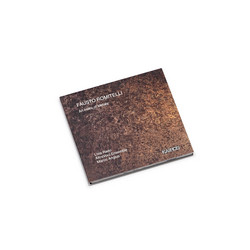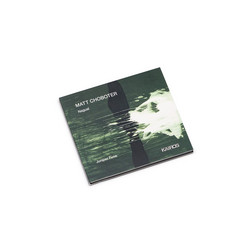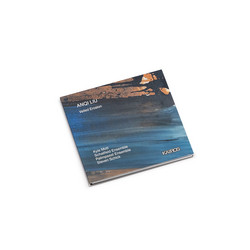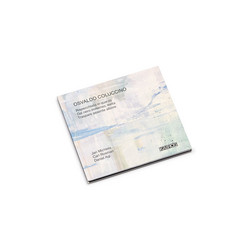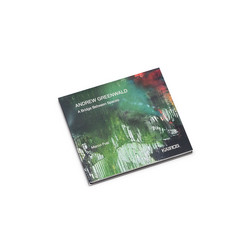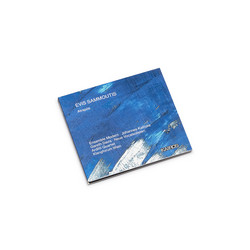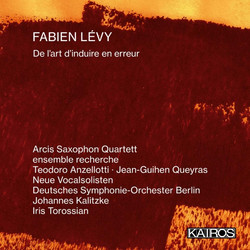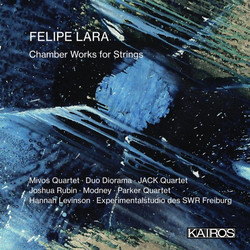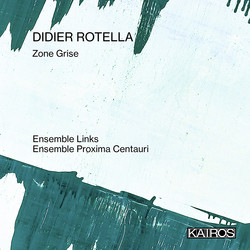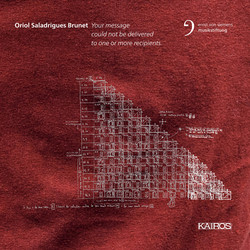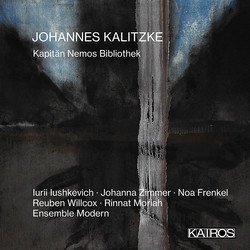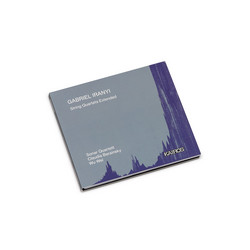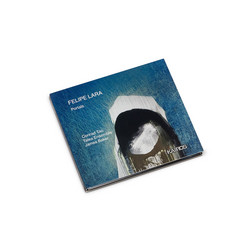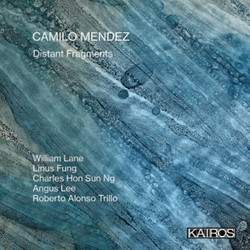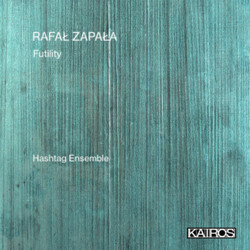Toshio Hosokawa explains his special interest in the flute as follows: “For me the flute is the instrument which can most deeply realise my musical ideal. The flute can produce a sound by means of the breath, and can be a vehicle by which the breath transmits the sound’s life-power.“ When playing the flute, the breath flow is directed upon a sharp edge or notch. The resulting vibrations excite the air contained in the resonant cavity within the flute, which can be heard as sound. The close relationship between breath, the essence of life, and the resulting sound makes it possible on the flute to express one’s emotions and energies directly.The flute is one of the oldest musical instruments known to mankind, and it has found widespread use in many cultures. In Western music, beginning in the Middle Ages the longitudinally-played instrument, the recorder, was preferred initially. By the middle of the 18th century the side-blown ( or transverse ) flute became “the flute”.
The version developed by Theobald Böhm around 1850 with a body made of metal, a cylindrical bore of the air cane, and a sophisti cated system of finger plates to cover the tone holes, is the norm today. Since ancient times, flutes have also been used prominently in Japanese music. In the cere monial court music gagaku and in the music of the nōtheater, different types of the flute, each with specific sound character istics and distinctive playing techniques, play an important role. In addition, there is the shakuhachi, the playing of which has been influenced by the centuries of use of the instrument in the meditation practice of Zen Buddhism. Even today, in the traditional musical idiom of the instrument, the “natural sound” is considered as the ideal, where the boundaries between musical tones and noise are blurred. Here, the flute becomes a “sounding bamboo” and the breath that is transformed by it into “sound” turns out as the sound of nature, conveying the experi ence of becoming one with the energies of the universe


